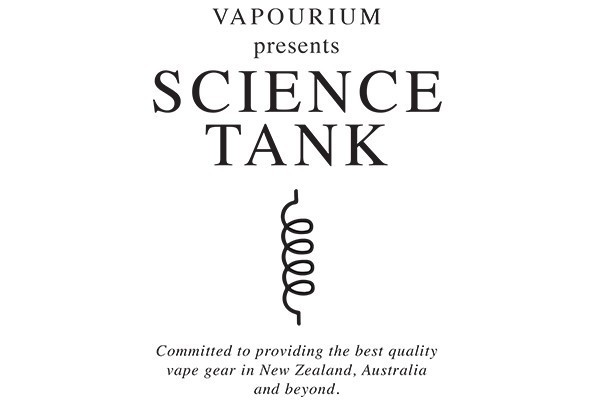In just the last few days, scientists used a 3D-printer to print artificial ovaries, implanted them into a mouse who subsequently gave birth to some young pups.
It got me thinking: if you can print functioning ovaries for a mouse, what else can you do with a 3D printer?
In recent weeks we’ve seen tremendous progress in the 3D printing world, including satellite parts in space, clothing, braces, eyes, electric cars, houses on Mars, tiny pretzels made of glass, and rocket motors.
The University of Otago Information Technology Service has a 3D printer which they say has been used to print replacement parts and custom-designed equipment, for example iPad stands, replacement battery covers, mounting brackets, molecular structures synthesised at the University of Otago, fossil models, and topographic relief maps, among other things.
The applications of 3D printing extend far beyond Earth. A collaboration between NASA and a company called Made In Space Inc. designed the first ever printer that was able to function in zero gravity conditions.
The race is on to create a 3D printer that can print food, something that would come in handy for the manned missions to Mars, with supergenius Elon Musk stating that by 2026 humans will have visited the ‘red planet’. A Texan company, BeeHex, has, according to digitaltrends.com, built a 3D printer than can actually print pizza.
The psychological effects on astronauts of extended isolation and the added stress caused by the profundity of being in space and looking back on Earth is relatively well documented. A Human Research Program undertaken by NASA found that “If an adverse cognitive or behavioural condition, whether acute or chronic, appears during space flight, crewmembers might be at an increased risk of developing a mental disorder.”
That is why NASA and other space agencies want to provide as many comforting objects and food as they can, to mitigate the effects of space travel on astronauts, especially in light of the seven month trip to Mars and the lengthy stay once you arrive. With the development of 3D printing, the opportunities to impact the ease and comfort of space travel are phenomenal. Just imagine what the next ten years of 3D printing will bring us if we are currently able to print functional ovaries for mice.



